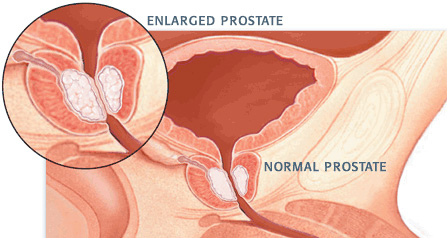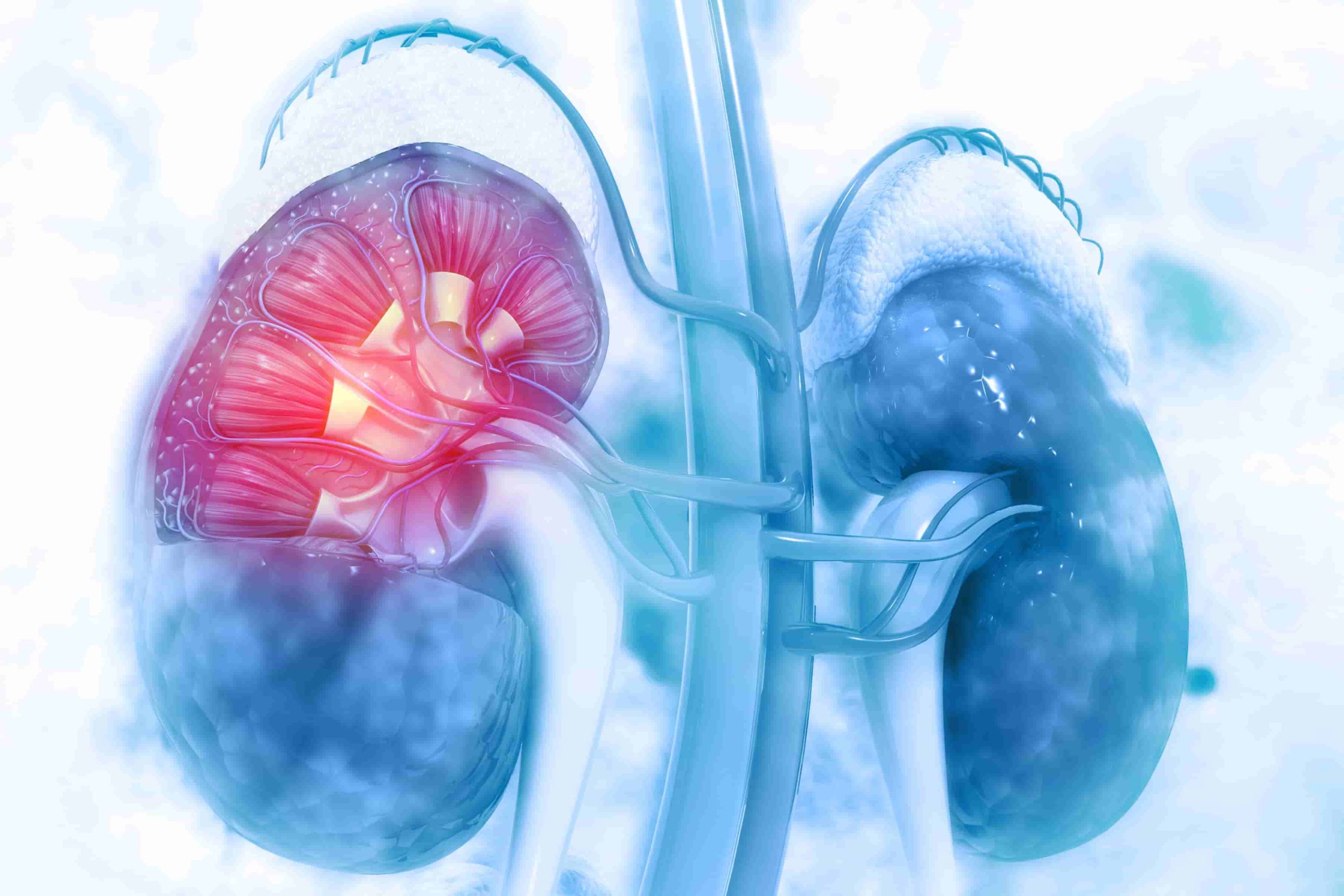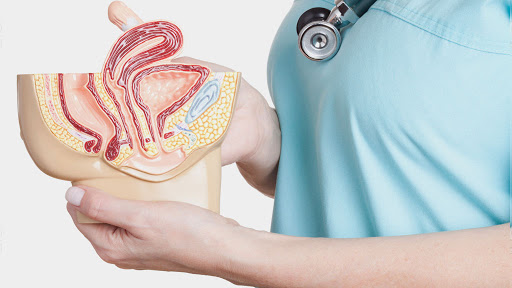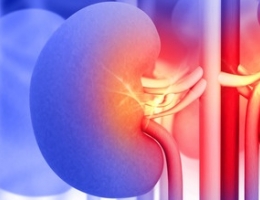
Urinary Incontinence
Urinary incontinence is a condition that describes an accident or involuntary leak of urine from the bladder. Urinary incontinence is a widespread condition and often embarrassing problem. The chances of developing this condition increase with age. Urinary incontinence affects women more than men. If the fear of urine leak stops you from doing things you enjoy, then its time to think about treatment.
Causes of Urinary Incontinence
The most common cause of urinary incontinence is the changes that take place in urinary and genital systems with the increase of age. Muscles supporting bladder tend to lose with age, and under such conditions, the bladder fails to store urine for a longer period.
Drugs taken for various other medical conditions can also affect the bladder, which leads to urinary incontinence. Urinary tract infection also can cause a short duration of incontinence. Diabetes, depression, etc. are some other medical conditions that lead to urinary incontinence.
Diagnosis
To assess this disorder, first, the urologist enquires about the medical history of the patient. The urologist can ask the patient to maintain a voiding diary to note down the frequency of incontinence, water intake and actual urination. These give the doctor an idea about the types of tests required. Besides this, the doctor also may conduct a physical examination to evaluate various physical conditions. The doctor also may order for electroencephalogram (EEG) and electromyogram (EMG) tests. Another option to assess the urinary incontinence of the patient is ultrasound or sonography. A doctor may ask for urodynamic to test the overall ability of the bladder.
Urinary Incontinence Treatment
Various treatment options are available for treating urinary incontinence. These treatment options will depend on several factors such as type of incontinence, its severity, and other underlying causes.
Behavioural Techniques
Behavioural techniques for treating urinary incontinence include
- Bladder Training: The aim is to control the urge and learn how to delay the urination.
- Double Voiding: It helps in completely emptying the bladder to avoid overflow incontinence. It can be done by urinating, then waiting a couple of minutes and trying again.
- Scheduling Toilet Trips: Take scheduled bathroom break rather than waiting for the need to go.
- Diet Management: Adjust your diet or fluid intake.
Medications for Urinary Incontinence
Usually, a urologist may suggest medications in combination with other techniques or exercise. The prescription commonly used for treating urinary incontinence include Anticholinergics, Mirabegron, Alpha Blockers, and Topical Estrogen.
Medical Devices
Urethral inserts and Pessary are the devices used for treating women with incontinence.
Interventional therapies
Interventional therapies include bulking material injections, botulinum toxin type A (Botox), and nerve stimulators
Surgery
A urologist may suggest for a surgical procedure for treating urinary incontinence if other treatments fail to treat the condition. The surgical procedures include sling procedure, bladder neck suspension, prolapse surgery, and artificial urinary sphincter.
A urologist may also suggest Pelvic floor exercises. These exercises help strengthen e urinary sphincter and muscles that help control urination.
Urinary Incontinence treatment at Uro Clinic Care
Uro Clinic Care has some of the best urologists in Indore that specializes in treating bladder and urinary conditions.
Related Article



Recent Article
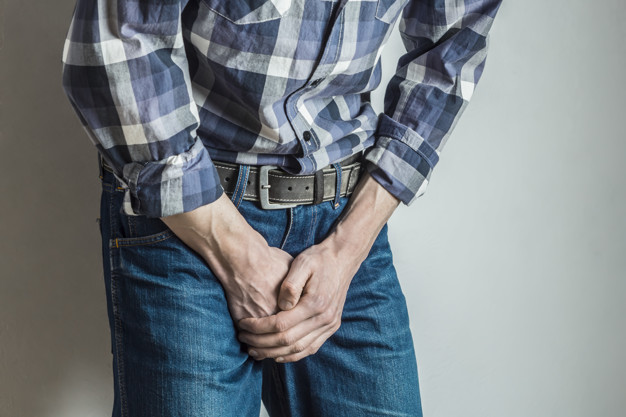


Popular Article

